Abstract Expressionism is the term used for new forms of abstract art coming from American painters, such as Jackson Pollock, Mark Rothko, and Willem de Kooning.
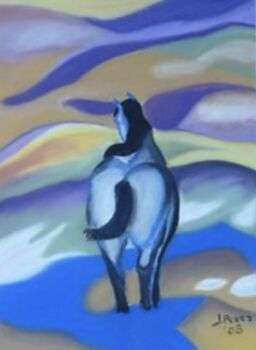
Image source: https://search.creativecommons.org/photos/c4579644-5c6b-4c42-bf51-cce50861b5d1 by Robbert Veen
The Origins
One of the many paradoxes of Abstract Expressionism is that the origins of the movement trace back to the figurative painting of the 1930s. Almost all the artists who became abstract artists in New York were influenced by the experience of the Great Depression. Further, they became mature whilst painting in styles influenced by and the Regionalist movements.

Image source: https://search.creativecommons.org/photos/fe0c7ecf-6ac6-41a3-be9d-30429caab5a1 by Phil Roeder
Features of Abstract Painting
Abstract Expressionism is famous for large-scale works distant from traditional processes. While Abstract Expressionism is studied for its advancements in painting, its ideas had a deep influence on many aspects of everyday life, including drawing and sculpture. Similarly, instead of having an interest solely in finished works, these artists focused on the process.
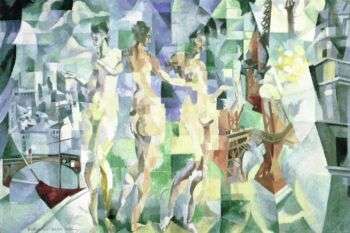
Image source: https://search.creativecommons.org/photos/df224ee9-915a-43c8-bee8-5ae34372177d by Cea.
The shapes employed create a sensation of volume, and movement. These elements are fused into expressive patterns to depict real or supernatural phenomena.
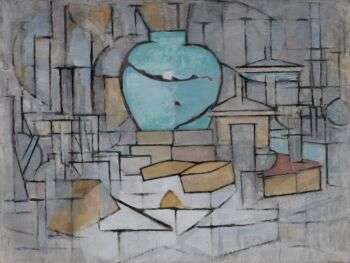
Image source: https://search.creativecommons.org/photos/f84e0710-fa78-482e-b629-39d688ab794c by Tulip Hysteria / Go to albums
Important Painters
Here are the names of the most important artists of this movement:
- Paul Klee: A Swiss artist famous for his large body of works influenced by Cubism, Expressionism, and Surrealism
- Piet Mondrian: A Dutch painter, leading figure in the De Stijl movement, which focused on simple forms and colors
- Hans Arp: One of the main artists of Dada in Zurich
- Malevich: A Russian artist that founded Suprematism
- Robert Delaunay: Author of “Sun and the Moon” (1912), “Sun n. 2” (1912-1913), and “The City” (1910).
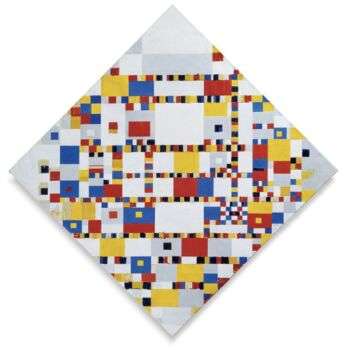
Image source: https://search.creativecommons.org/photos/1649f80c-7953-4762-8061-0b5cb08dd8e4 by Tulip Hysteria / Go to albums
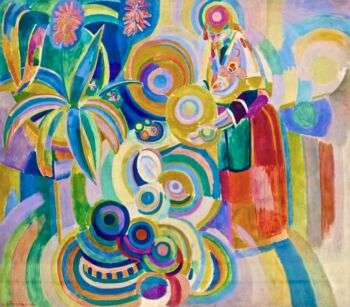
Image source: https://search.creativecommons.org/photos/e5e05556-e5e6-4a19-b00f-ed1c24ba55ae by pedrosimoes7
Info source: https://www.britannica.com/art/abstract-art
